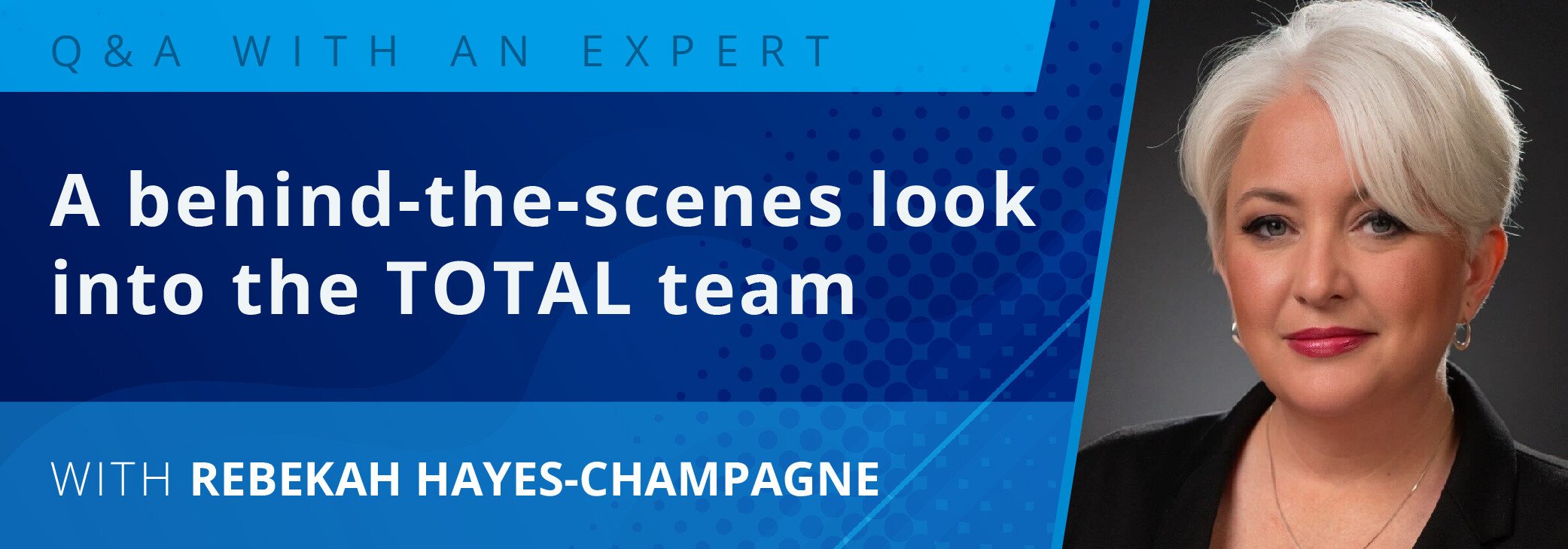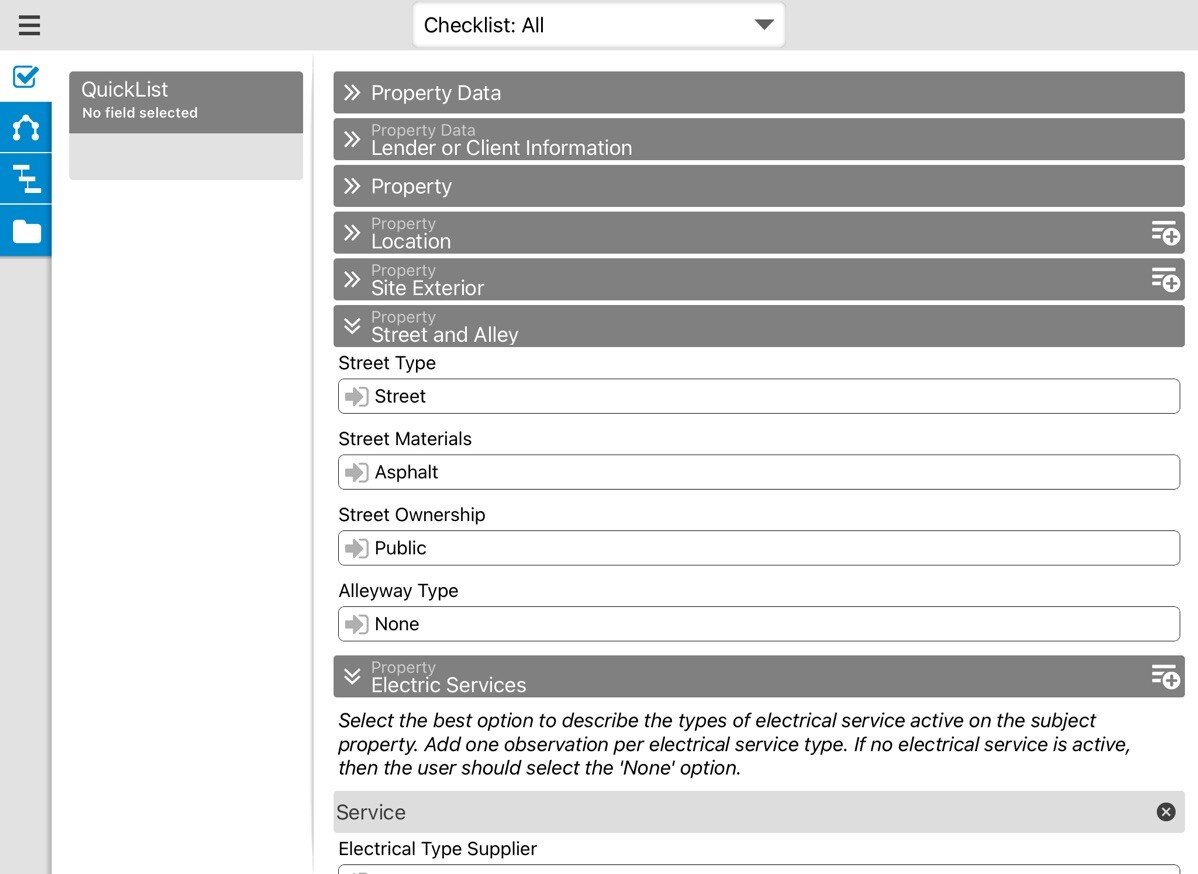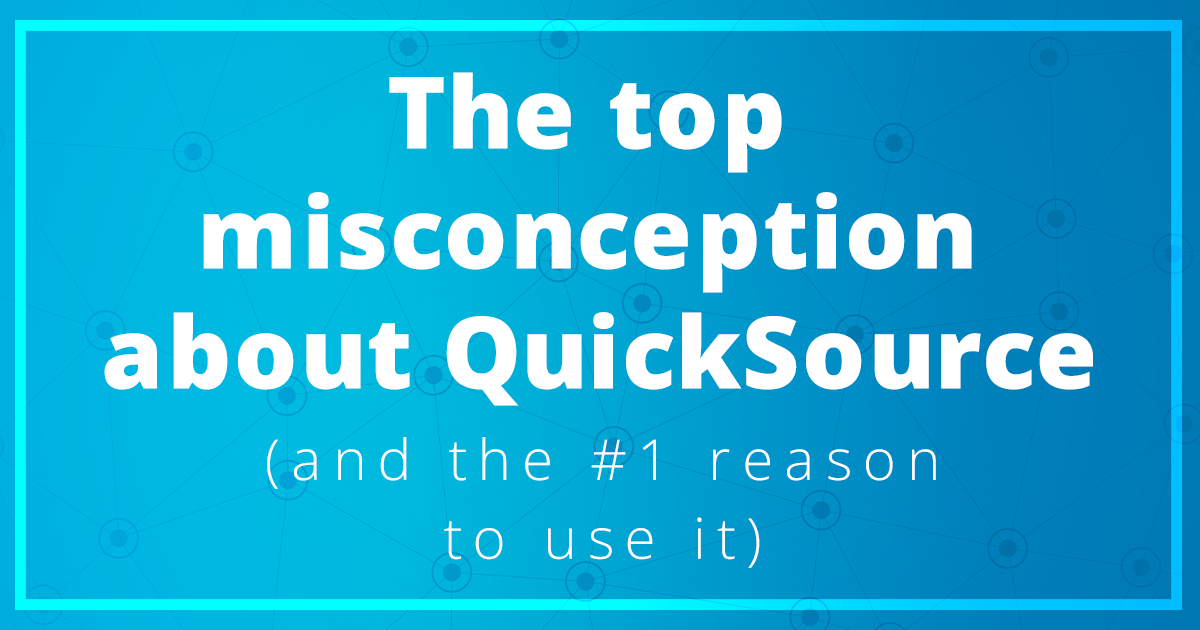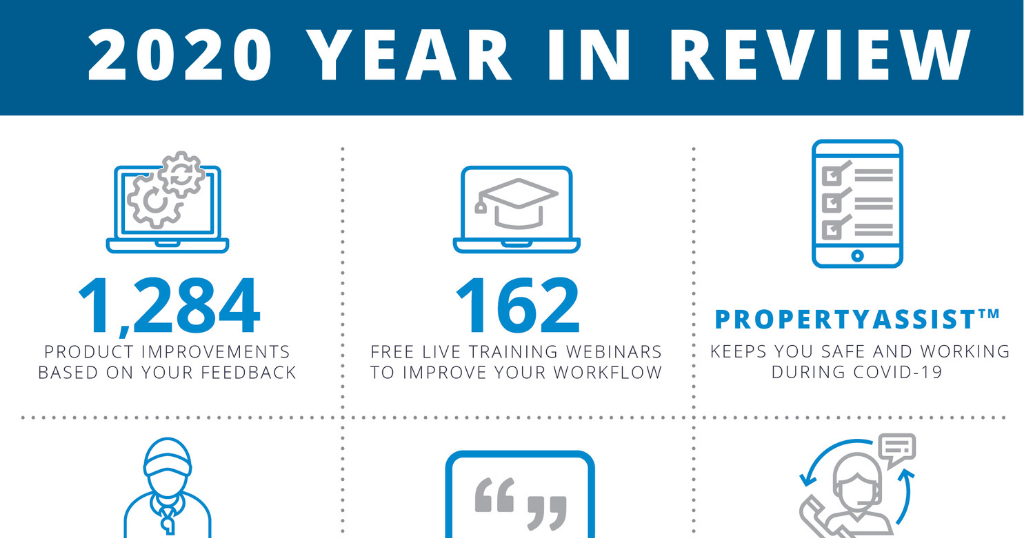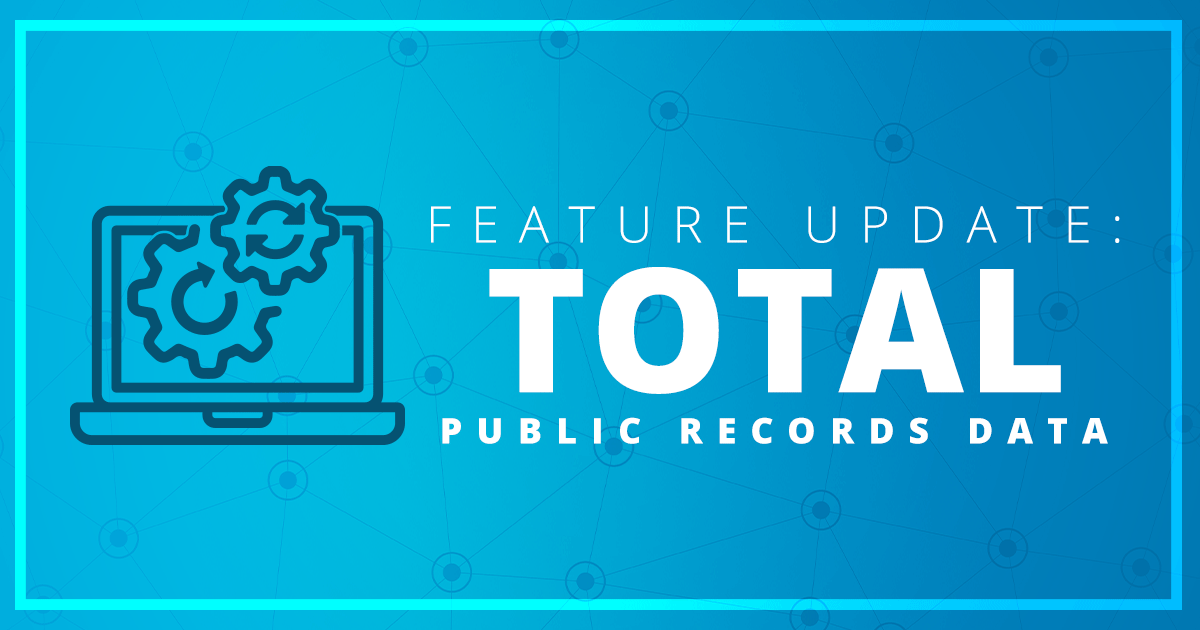Though we keep hearing that recent home price appreciation is "unsustainable" and will lead to a substantial "correction" – that is, that the home price boom may be followed by a home price bust – the Federal Deposit Insurance Corporation (FDIC) did something radical: It took a look at the data. History suggests that a boom alone is insufficient to cause a bust.
The FDIC considered 21 instances in the last quarter century of markets in which home prices fell at least 15 percent in five years. (PDF graph available here.) Few were associated with "booms" first: there were 54 "boom episodes" in markets in the 20 years prior to 1998, and 45 of them did not see a subsequent bust. In 83 percent of post-boom markets, nominal prices continued to inch up and any declines after inflation were very modest. "Home prices in these markets simply stagnated, or stalled out, following their booms rather than going bust," the report found.
Instead, localized economic stress, most profoundly in the "oil patch" areas of Texas, Oklahoma and Louisiana in the 1980s and "the early 1990s recession, massive defense downsizing after the end of the Cold War, a significant commercial real estate collapse, and either a sharp downturn in population growth or outright population loss," which combined to severely depress property values in California and the Northeast in the 1990s, were to blame for the majority of property value "busts." Even busts in Peoria, Ill. and Hawaii can be traced to local economic factors.
All that said, the report tries to identify reasons why history might not be an accurate guide with reference to today, when a record 33 markets are in the midst of home price booms (there were 24 in 1988, the previous record). "[C]hanges in credit markets … are pushing homeowners – and housing markets – into uncharted territory," the report notes.
Subprime mortgage originations grew 25 percent per year between 1994 and 2003, a nearly ten-fold increase in volume in nine years. Home buyers are also availing themselves of "higher leverage mortgage products" – higher LTV loans, "piggyback" second mortgages – that make them more susceptible to delinquency and foreclosure than at any other time in the housing economy's history. Finally, a run-up in home prices that is unprecedented makes a market itself more susceptible to economic "shocks" that might not otherwise be enough to cause a "bust."
Still, the data and analysis show that a "boom" itself is probably not enough of a reason to forecast a "bust" – good news at the tail end of a widespread, historic home price boom. The FDIC report is available on the Web here.

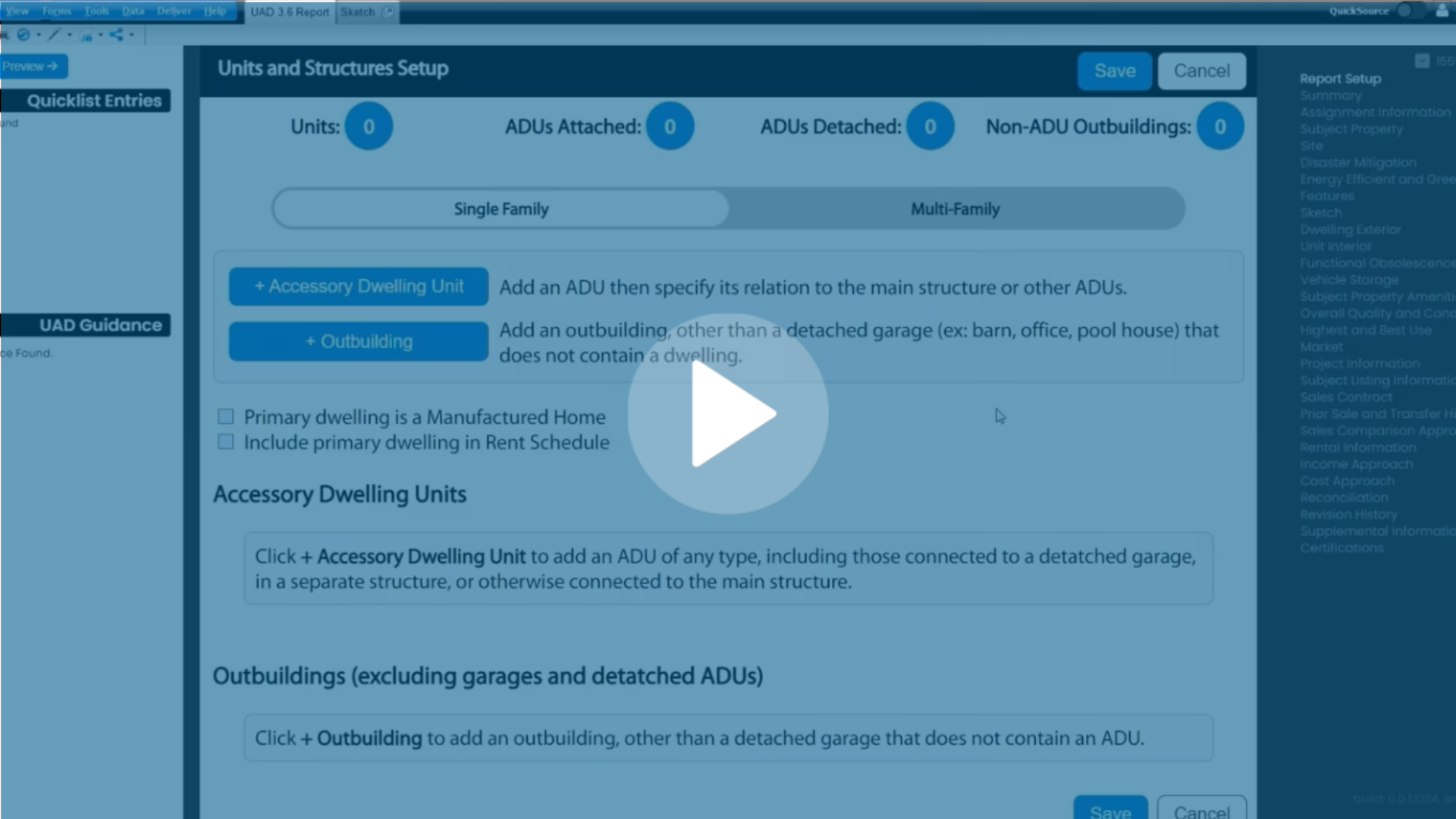
.png)

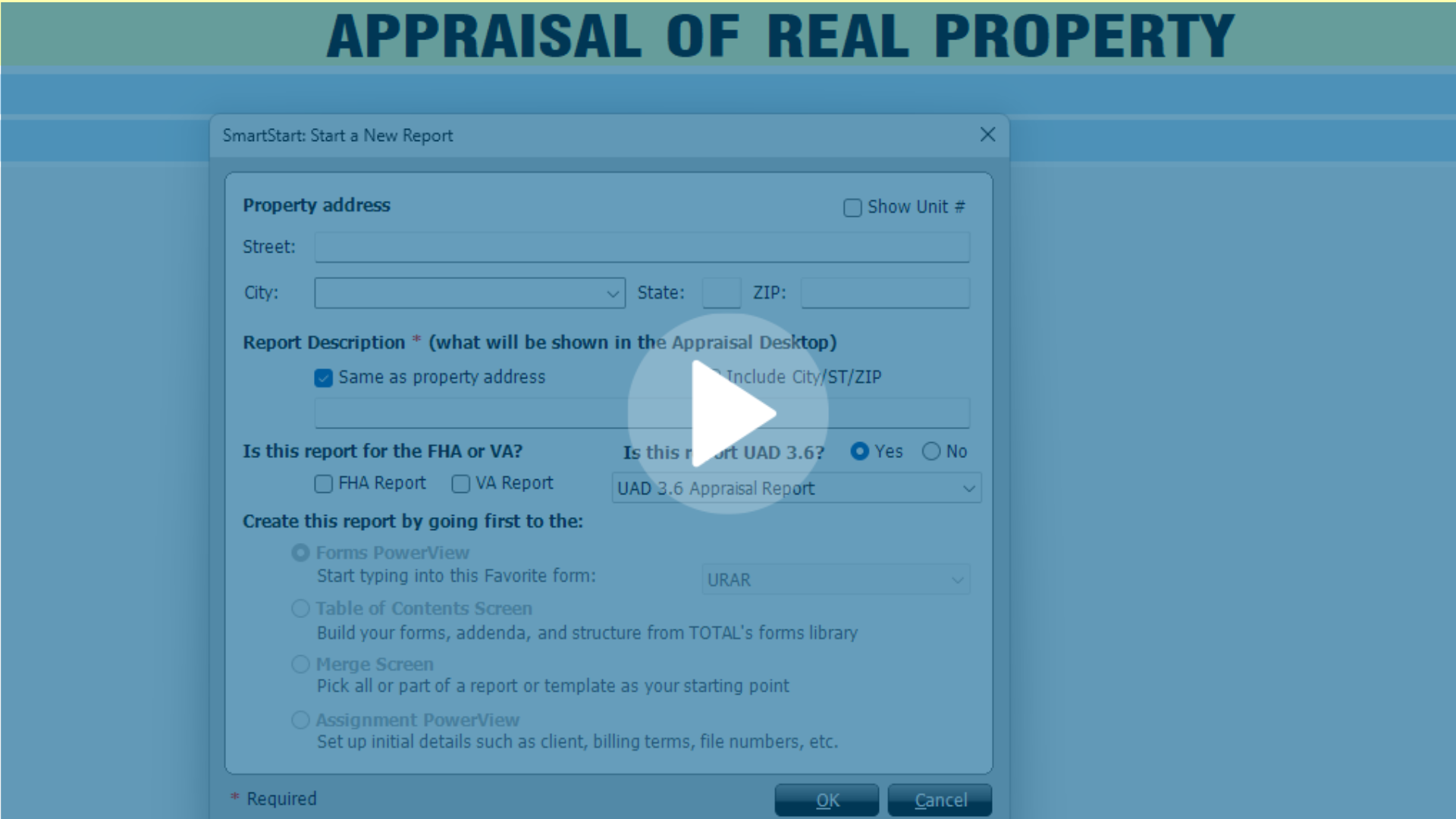
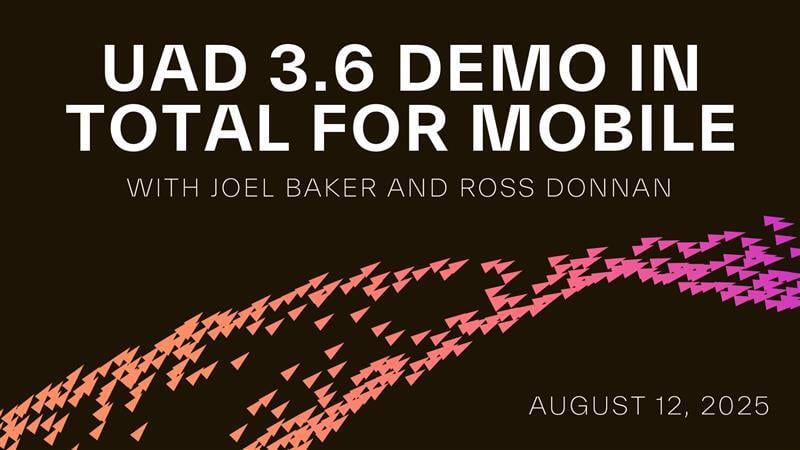

.png)
-1.png)
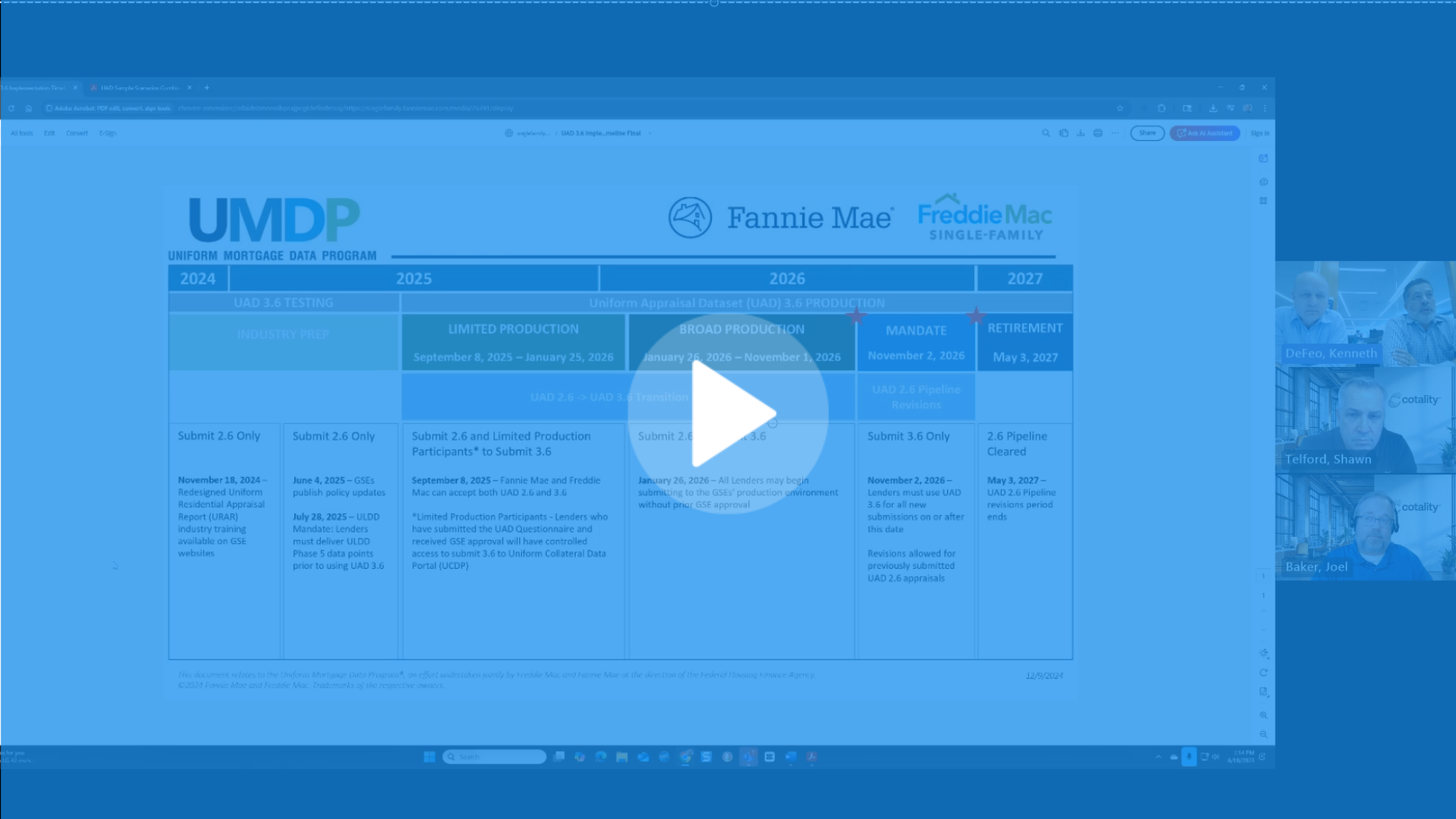
.png)
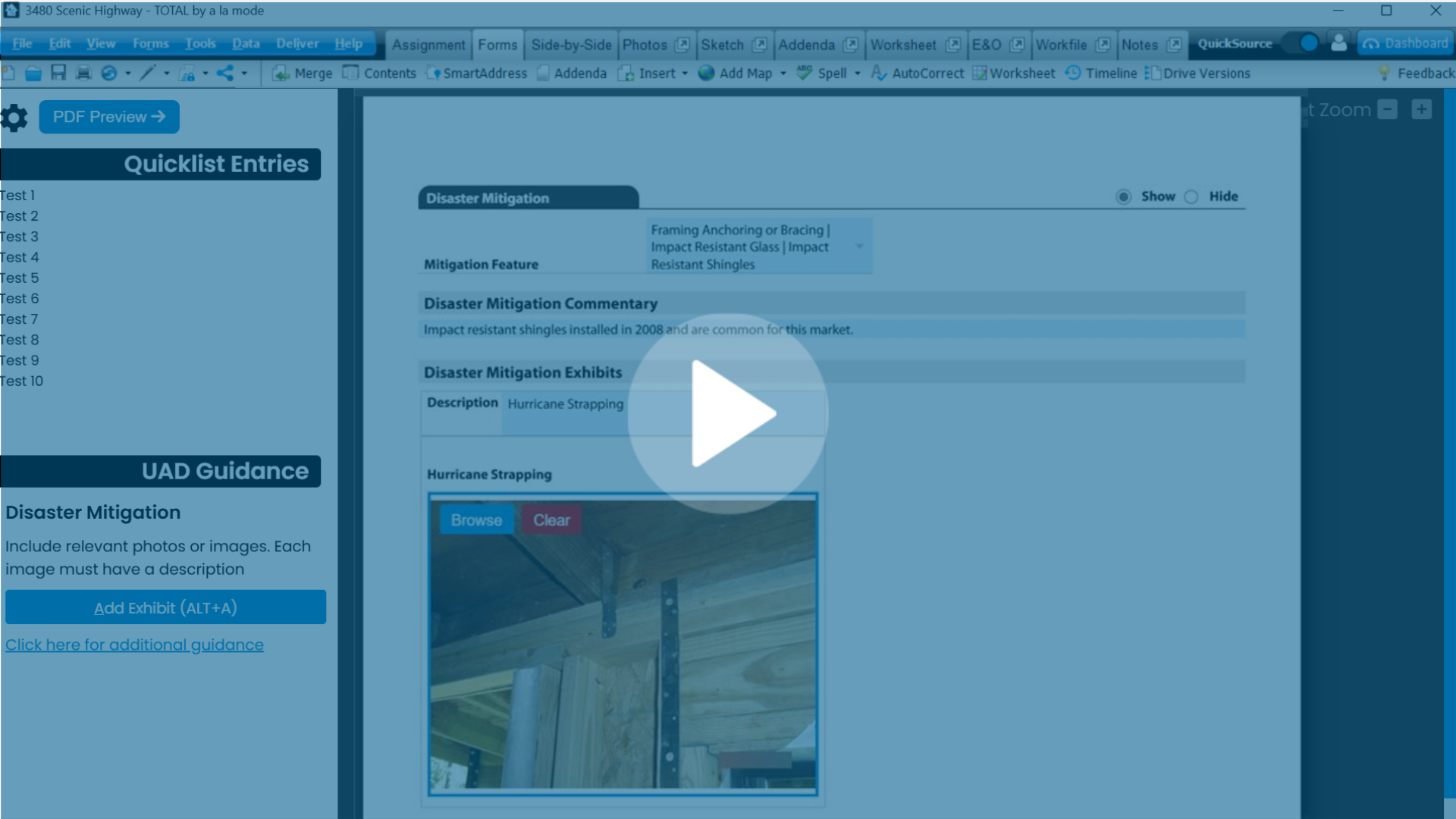
.png)
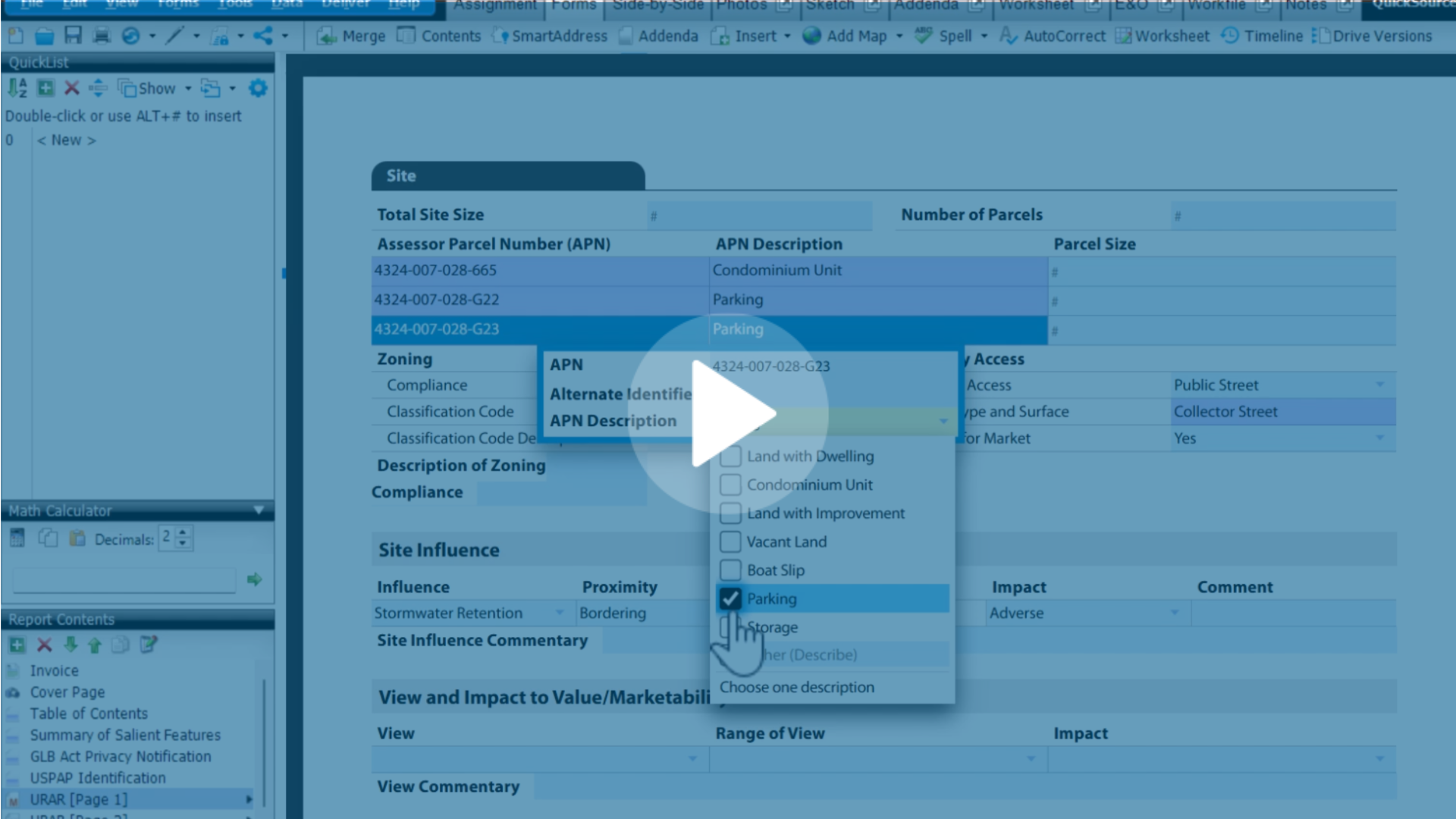
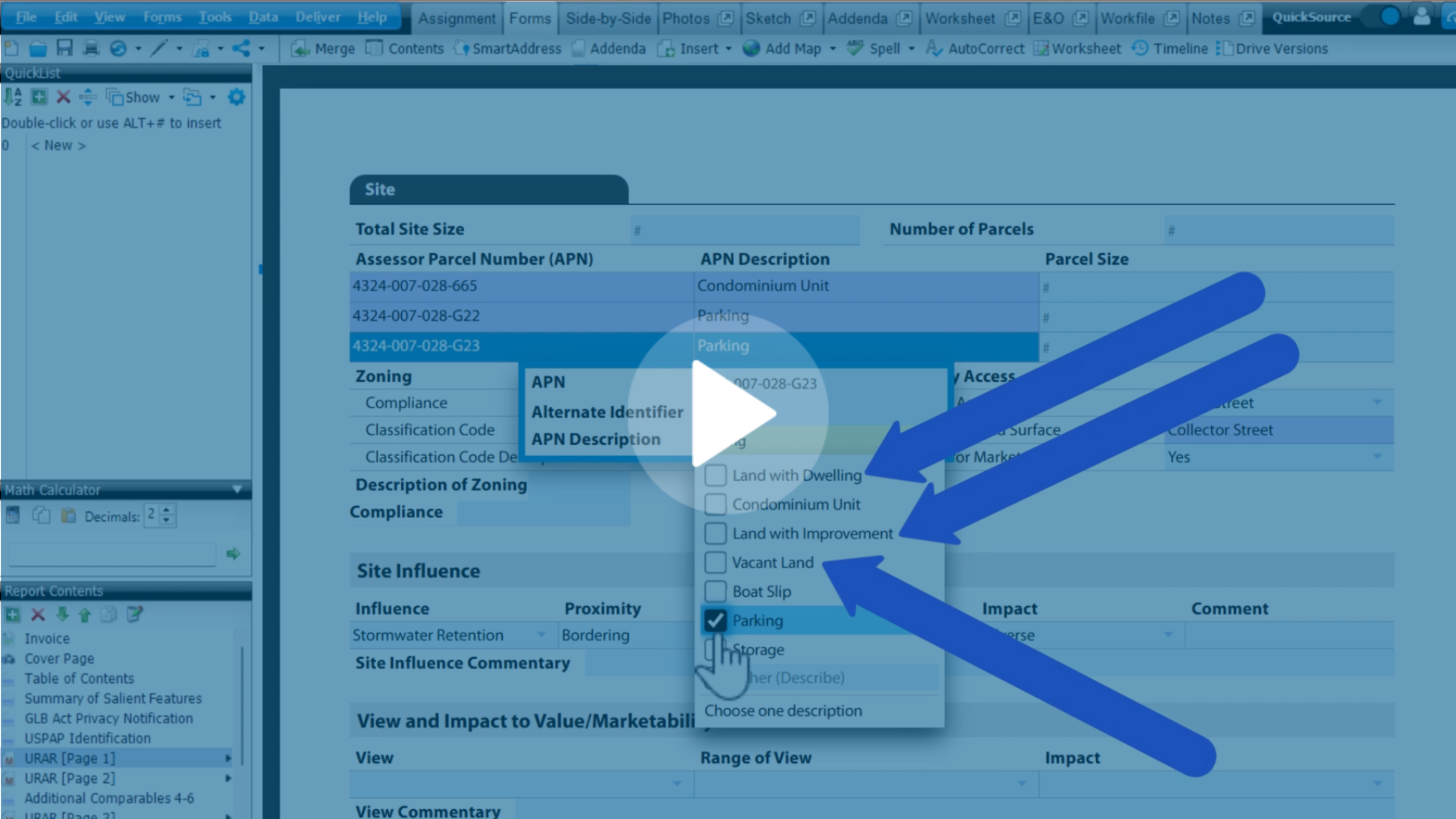
.png)
.png)
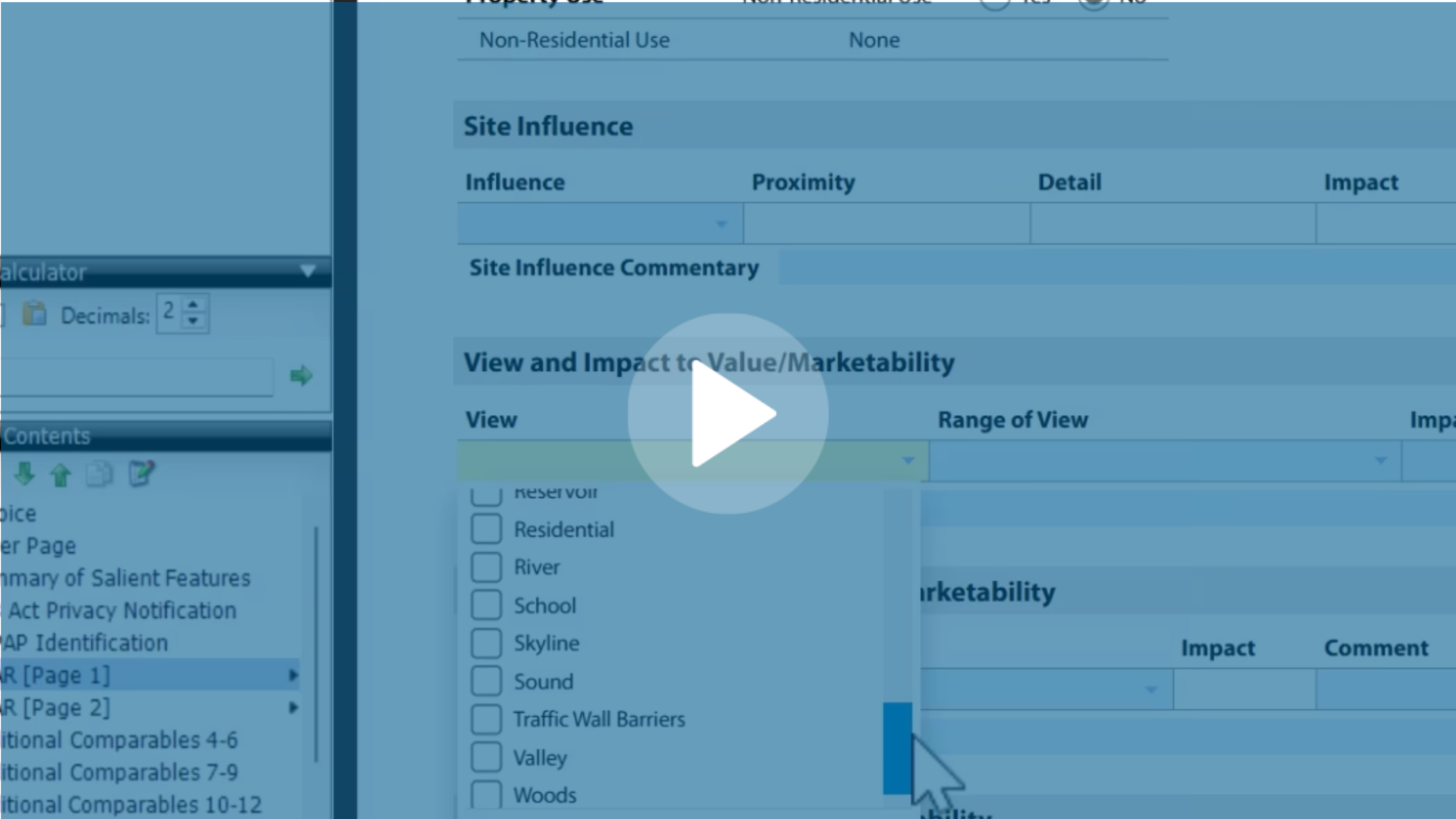
.jpg)
.png)
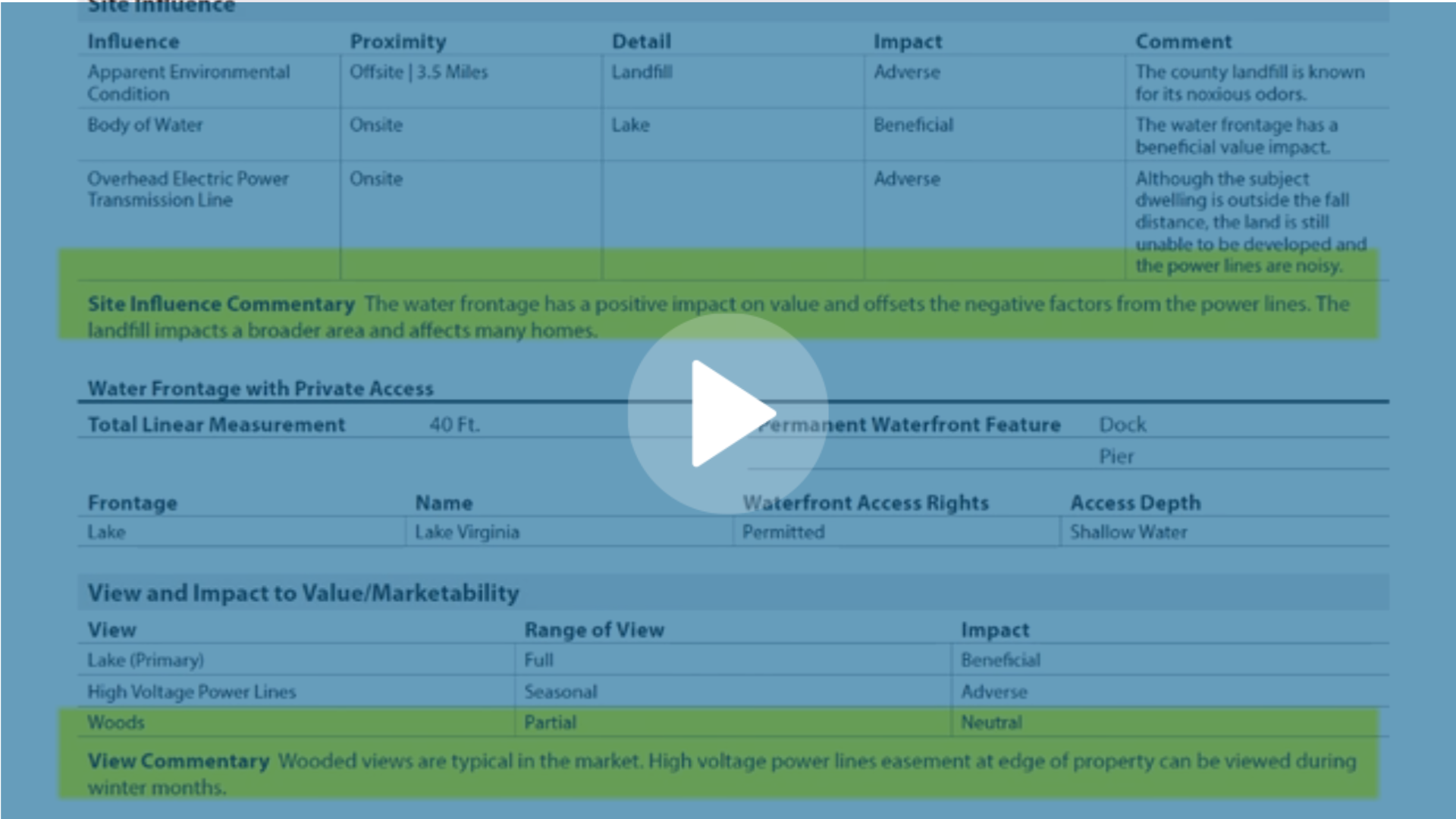
-1.png)









